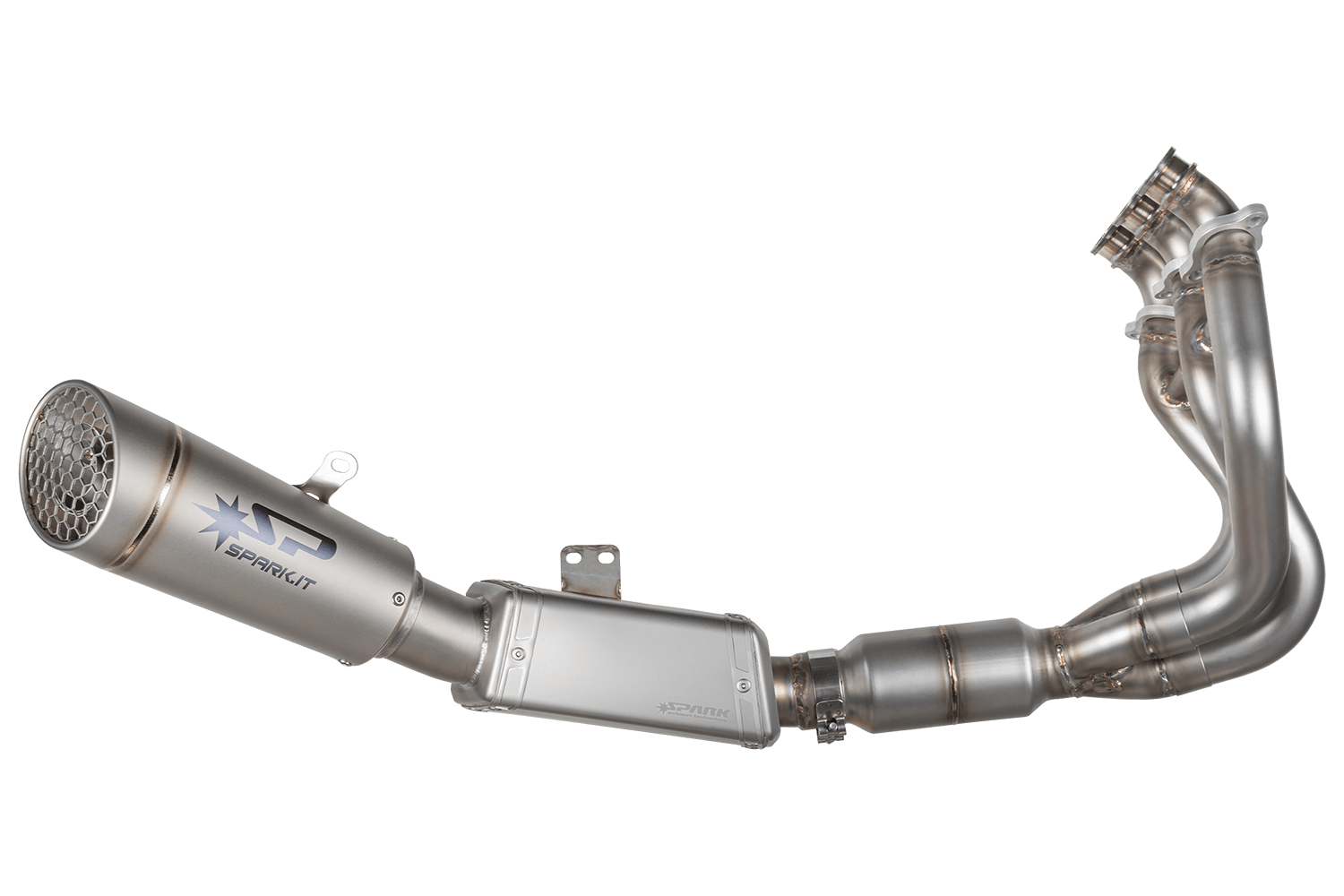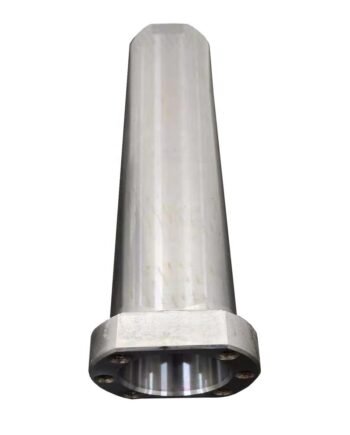Description
– A motorcycle exhaust system with a unique design that offers low noise and high performance typically incorporates a combination of features, including a well-engineered muffler, a low-restriction exhaust pipe, and potentially an electronically adjustable valve for sound management.
– These systems aim to reduce noise pollution while enhancing the bike’s overall performance and aesthetics.
Key Features:
Muffler Design:
A well-designed muffler is crucial for reducing noise.
It often involves a series of chambers and baffles to dissipate sound energy and dampen exhaust noise.
Some systems utilize packing materials like fiberglass or steel wool to further absorb sound.
Exhaust Pipe Design:
The exhaust pipe’s diameter, length, and bends significantly impact backpressure and sound characteristics. Larger diameter pipes generally allow for greater exhaust flow, potentially leading to a deeper, throatier sound. Conversely, smaller diameter pipes can create higher backpressure, resulting in a higher-pitched sound.
Electronically Adjustable Exhausts:
Some advanced systems incorporate electronically controlled valves that allow riders to adjust the exhaust sound on the fly.
These valves can be adjusted to switch between different sound modes, such as a quiet mode for city riding and a louder mode for performance or aggressive riding.
Material Selection:
Materials like stainless steel and carbon fiber are often used for their durability, heat resistance, and weight-saving properties.
Catalytic Converters:
Some exhaust systems incorporate catalytic converters, which are designed to reduce harmful emissions by converting them into less harmful compounds.
Tuning and Customization:
Advanced exhaust systems may be designed for specific motorcycle models and riding styles, potentially involving custom header designs, collector configurations, and overall system tuning to optimize performance and sound characteristics.







